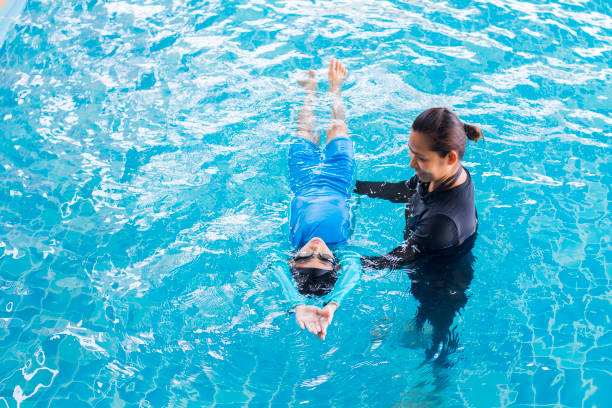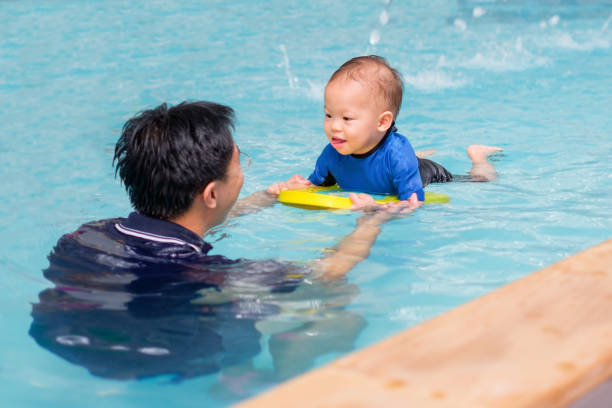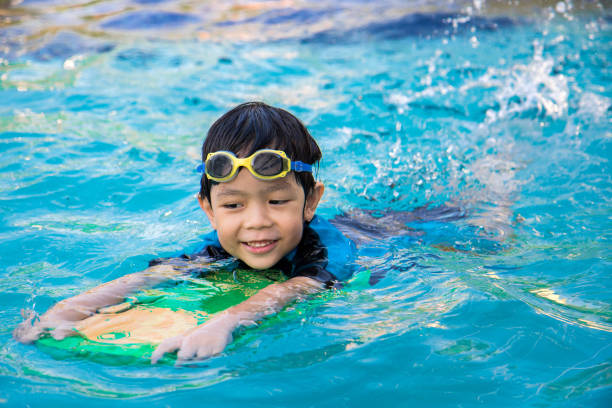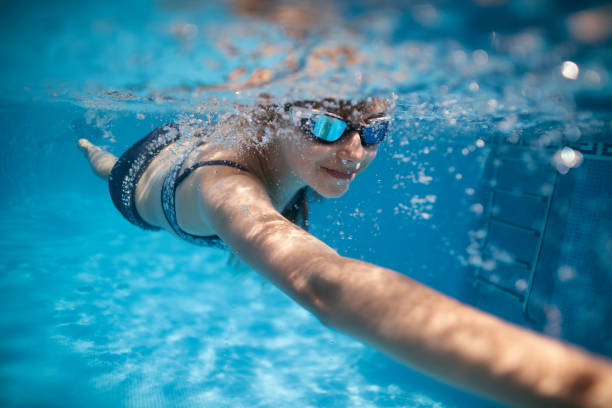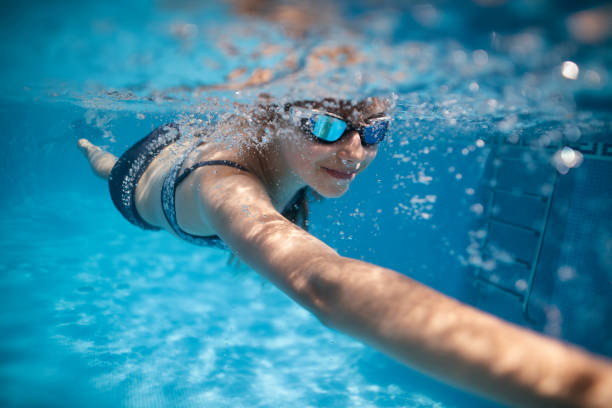Certainly! If you’re interested in joining swimming classes, here are five steps to help you get started:
- Research Local Swimming Facilities: Look for local swimming facilities such as public pools, community centers, or private swim schools. Check their websites or contact them directly to gather information about available swimming classes, schedules, and fees. Consider the location and facilities offered to find a convenient and suitable option.
- Determine Your Skill Level: Swimming classes often cater to different skill levels, from beginners to advanced swimmers. Assess your own swimming proficiency honestly. Many programs categorize classes based on skill levels to ensure participants receive appropriate instruction and support.
- Contact the Swimming Facility or Instructor: Reach out to the swimming facility or instructor offering the classes. Inquire about the registration process, class availability, and any prerequisites. Ask about the instructor’s qualifications and teaching approach to ensure it aligns with your learning preferences.
- Register for a Suitable Class: Once you’ve gathered the necessary information, proceed with the registration process. Some facilities may allow online registration, while others may require in-person sign-ups. Provide any required personal information and be prepared to choose a class that fits your schedule and skill level.
- Prepare for Your First Class: Before your first swimming class, gather the necessary gear such as a swimsuit, swim cap, goggles, and a towel. Arrive early to familiarize yourself with the facility, change rooms, and pool rules. If you have any specific health concerns or questions, communicate them with the instructor or facility staff.
Remember, joining swimming classes is a positive step towards learning a valuable life skill. Don’t be afraid to ask questions and seek guidance from your instructor. They are there to help you progress and ensure a safe and enjoyable learning experience. Embrace the opportunity to learn and enjoy the many benefits that swimming can offer.
